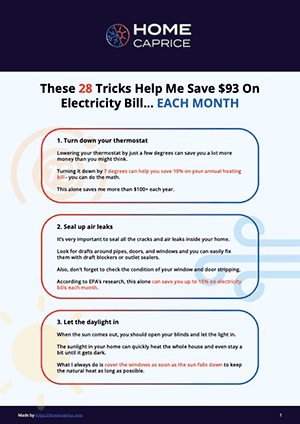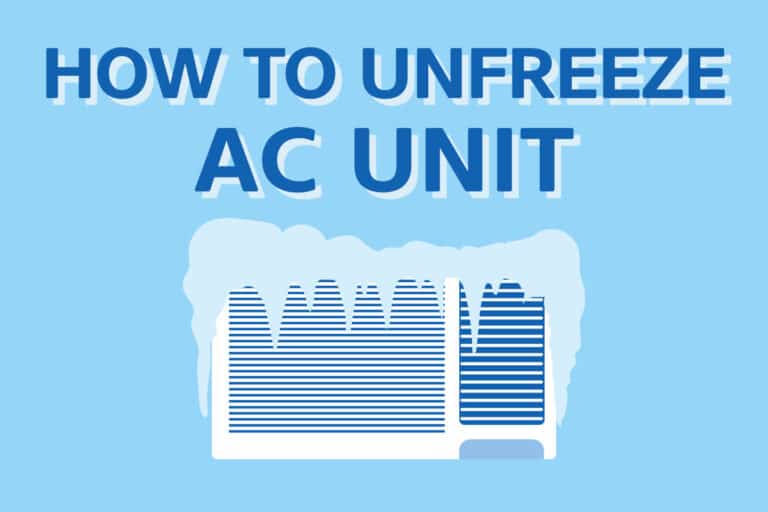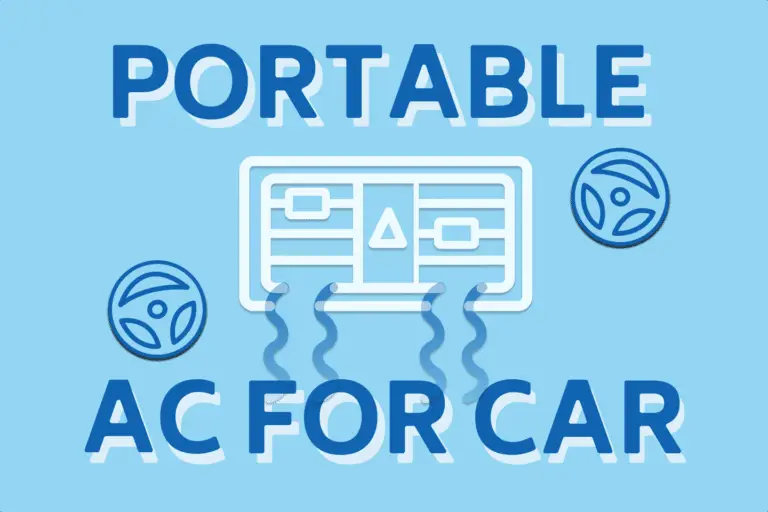Sometimes you want to increase the airflow into one specific room where you spend the most time.
You might not need the same airflow in your bedroom or living room compared to the basement or utility room, right?
Well, today I’ll share with you some simple ways to increase airflow in one specific room.
Later on, I’ll also share some common reasons why your vents aren’t blowing enough air, so make sure to pay attention to those as well.
4 Ways To Increase Airflow To One Room In Your House
1. Enlarge current vents
Return vents are responsible for bringing air into your room.
The larger your returns vents are, the more airflow can come through them. It’s a logical process and decision.
Air pressure inside of these vents is constant, so even if you enlarge the vents, it still won’t drop any air pressure.
You can do simple math to calculate this:
Imagine that your current airflow is 160 CFM in one room.
If we want to increase it to 220 CFM, we’ll need a larger duct.
For example, A 13×4 duct allows 160 CFM, so then 17×4 would allow 220 CFM.
The key is in changing the size of ducts and this is probably the most effective way to increase airflow inside one room.
2. Close other room’s vents
If you want to skip the first step which is more complicated, you’ll love this one.
You simply need to shut off vents in other rooms of your house that you’re not using so often. These are usually the basement, utility room, or other rooms that don’t need too much ventilation.
When pressure is higher, the airflow in that specific room will increase.
However, if you want to avoid all the hassle of enlarging your vents, this is a completely free and easy method for you.
You can always open windows and doors, so the air pressure in your room will fall down.
Also, you could use a tower fan to push more air into your room.
3. Open windows & doors
When the pressure falls, the difference in air pressure between the room and the ducts will increase.
However, this method isn’t my favorite because it has two major drawbacks.
The first one is that you’ll lose cooling and heating through the windows. It’s pure logic that when you open windows that you’ll lose a lot of warm/cold air.
The other drawback is that it isn’t so efficient. You may increase the airflow by 10 CFM, but that’s not even noticeable.
4. Clear air filters
This is often a recommended method because it’s simple and it works.
When there’s a lot of dirt and dust stuck inside of the filters, it can push less air than when being new or clean.
Also, I want to point out that you should replace your filters every season (12 months) just to continue having proper airflow.
Here’s an in-depth guide on cleaning your window air conditioner efficiently.
Why Are Some Vents Not Blowing Air?
Air ducts might be disconnected
You would be surprised how often ductwork can detach from the main network.
Ductwork is usually not installed in a vacuum, so the pressure of heavy objects might cause it to disconnect.
It’s worth checking it out because I had a similar issue last year and the technician told me it happens too often.
Air is leaking
An interesting fact is that around 75% of homes have duct leakage.
Because of air leaks, you might be losing around 20% of the temperature inside your room.
When you call a technician he can use infrared technology to detect all the leaks in the ductwork.
The problem with air leaks is not just this, they can often cause more frequent unit repairs as it affects the whole cooling or heating system.
Damper is closed
Dampers are responsible for regulating airflow inside the ductwork.
When they’re closed, air can’t flow directly through them.
If it’s completely closed (which is not an often case), then some units might fail to blow air completely. That’s when your whole system is broken.
You should take a look at smart air conditioners which usually have advanced features that help you avoid these types of problems.


Download this FREE cheat sheet to find 28 tricks that can help you save on your electricity and heating bill each month.
Click here to get a FREE Cheat-Sheet


![5 Best Cheap Air Conditioners Under $100 [Avoid Bad Ones]](https://homecaprice.com/wp-content/uploads/2022/03/Cheap-window-air-conditioners-768x512.jpg)